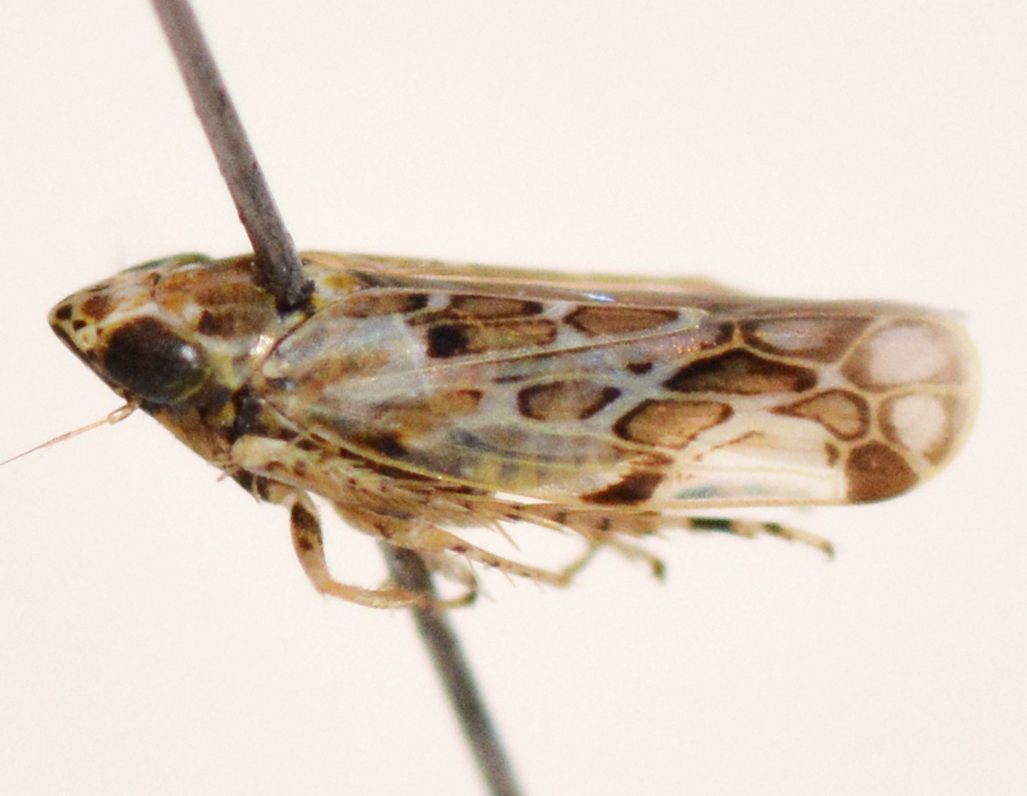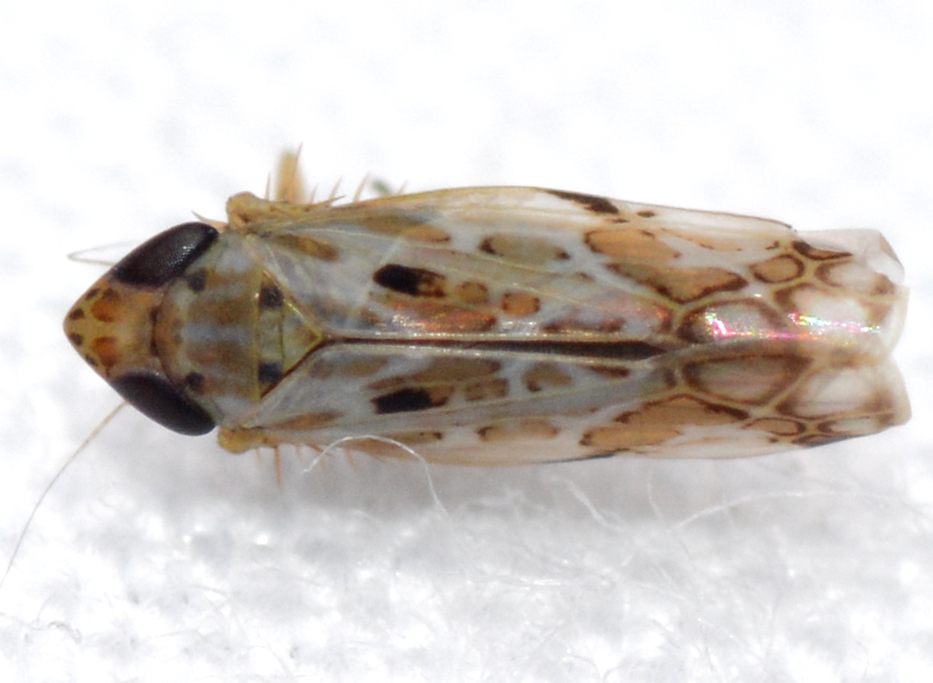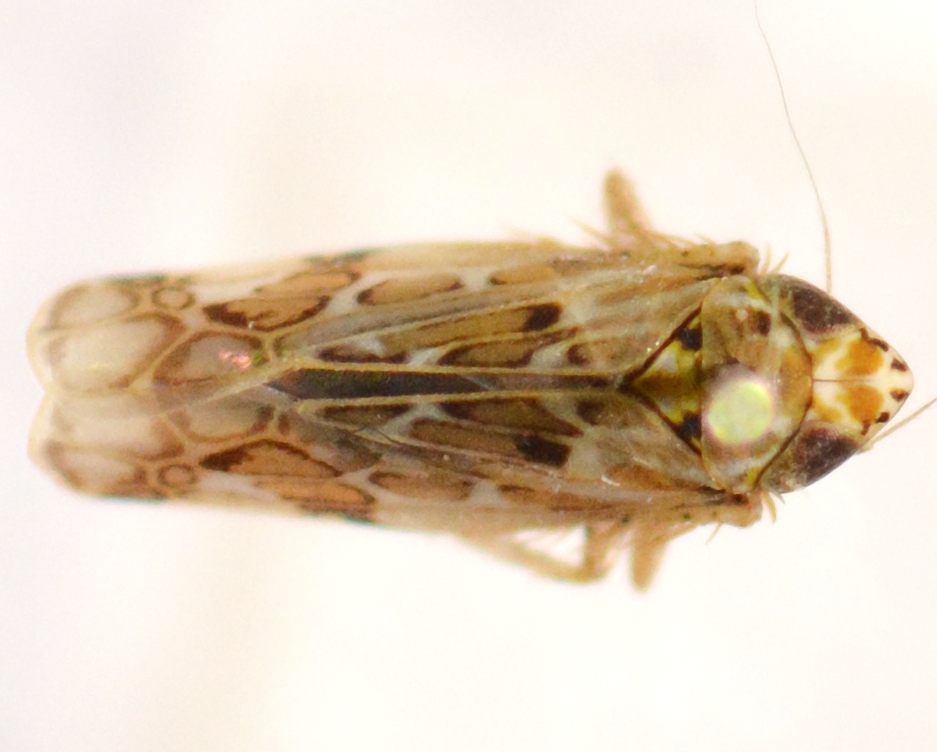Species Photo Gallery for Crumbana arundinea No Common Name 25 |
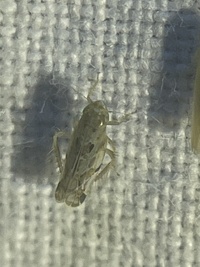 | Photo by: Larry Chen, Sarah Toner
Tyrrell Co.
Comment: | 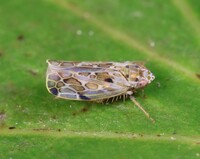 | Photo by: Rob Van Epps
Scotland Co.
Comment: Caught sweeping in grassy area near woods. |
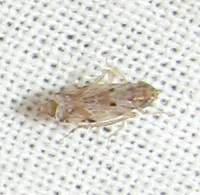 | Photo by: B. Bockhahn
Cumberland Co.
Comment: Sweep net |  | Photo by: Scott Bolick
Pender Co.
Comment: |
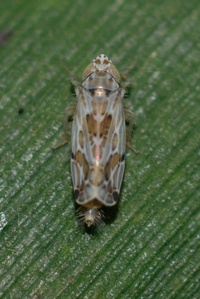 | Photo by: Scott Bolick
Pender Co.
Comment: | 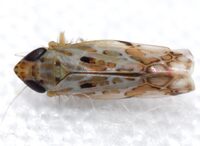 | Photo by: Kyle Kittelberger, Paul Scharf
Gates Co.
Comment: open, grassy area near mixed hardwood forest. Male 3.4 mm long |
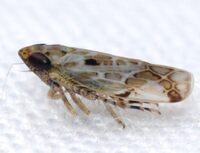 | Photo by: Kyle Kittelberger, Paul Scharf
Gates Co.
Comment: open, grassy area near mixed hardwood forest. Male 3.4 mm long | 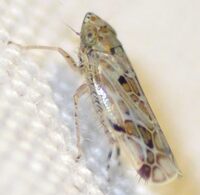 | Photo by: Kyle Kittelberger, Paul Scharf
Gates Co.
Comment: open, grassy area near mixed hardwood forest. Male 3.4 mm long |
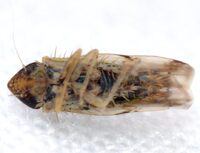 | Photo by: Kyle Kittelberger, Paul Scharf
Gates Co.
Comment: open, grassy area near mixed hardwood forest. Male 3.4 mm long | 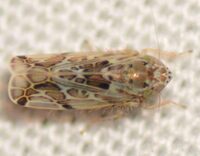 | Photo by: Kyle Kittelberger, Paul Scharf
Beaufort Co.
Comment: open, grassy habitat surrounded by pine and mixed hardwood forest |
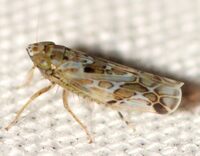 | Photo by: Kyle Kittelberger, Paul Scharf
Beaufort Co.
Comment: open, grassy habitat surrounded by pine and mixed hardwood forest | 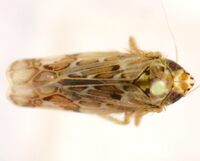 | Photo by: J. Bolling Sullivan
Jones Co.
Comment: males |
 | Photo by: J. Bolling Sullivan
Jones Co.
Comment: males | 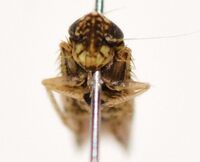 | Photo by: J. Bolling Sullivan
Jones Co.
Comment: males |
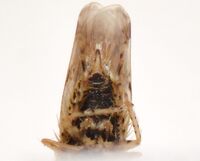 | Photo by: J. Bolling Sullivan
Jones Co.
Comment: males | 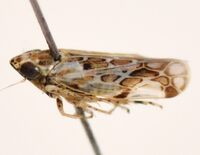 | Photo by: J. Bolling Sullivan
Jones Co.
Comment: males |
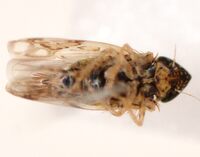 | Photo by: J. Bolling Sullivan
Jones Co.
Comment: males |  | Photo by: Bo Sullivan
Carteret Co.
Comment: |
 | Photo by: Bo Sullivan
Carteret Co.
Comment: |  | Photo by: Bo Sullivan
Carteret Co.
Comment: |
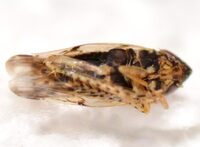 | Photo by: Erich Hofmann
Craven Co.
Comment: male; https://www.inaturalist.org/observations/46406484; photographed by K. Kittelberger | 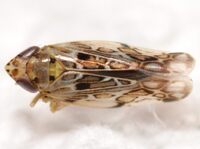 | Photo by: Erich Hofmann
Craven Co.
Comment: male; https://www.inaturalist.org/observations/46406484; photographed by K. Kittelberger |
 | Photo by: Erich Hofmann
Craven Co.
Comment: male; https://www.inaturalist.org/observations/46406484; photographed by K. Kittelberger | 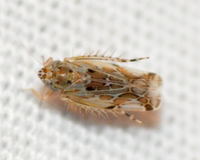 | Photo by: Kyle Kittelberger, Brian Bockhahn, Paul Scharf
Warren Co.
Comment: open to mixed hardwood forest |
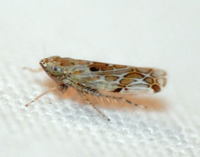 | Photo by: Kyle Kittelberger, Brian Bockhahn, Paul Scharf
Warren Co.
Comment: open to mixed hardwood forest |

 »
»